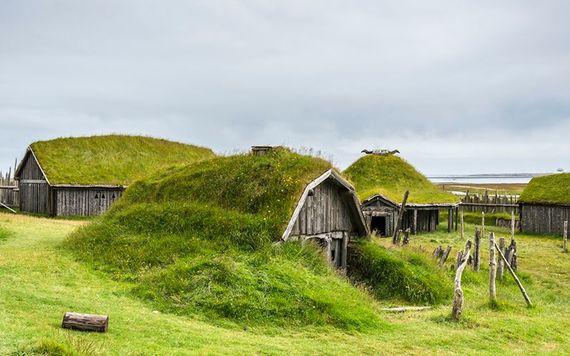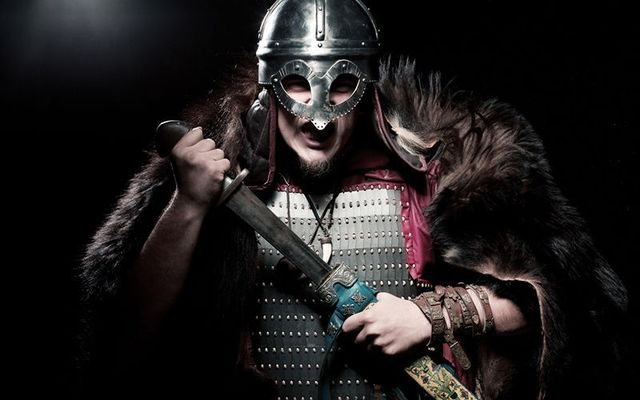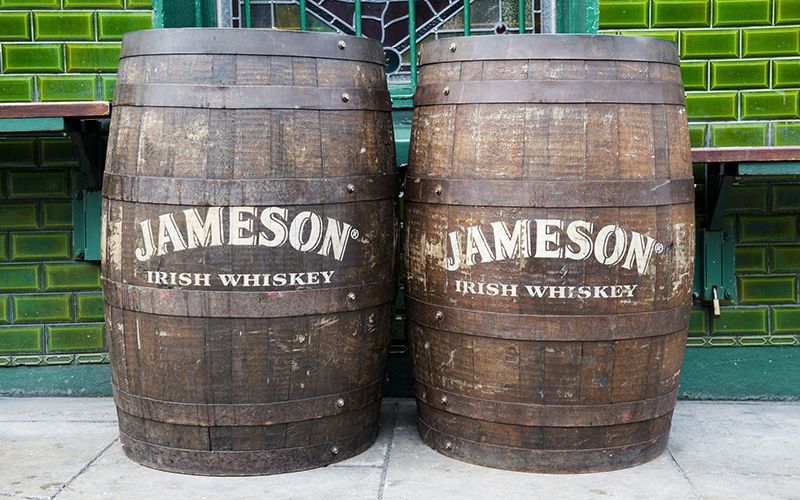A study shows that Ireland's population was in decline for three centuries until the Vikings arrived.
Research in 2019 revealed that the Irish population was in decline for almost 300 years before the Vikings settled in Ireland.
Until now, it was assumed that the population of Ireland gradually increased from prehistoric times through to the Irish Famine of 1845-49, after which it went into decline from which it has never fully recovered.
Before the Famine, the Irish population reached a high of 8.5 million. During the famine years, an estimated 1 million people died and an additional 1 million emigrated. Further decades of immigration would see the population decrease to 4.4 million in 1902.
However, a study from Queens University Belfast shows that the Irish population previously declined during the 8th, 9th, and 10th centuries, a trend that only reversed after the Vikings came to Ireland.
Using radiocarbon dating and a database of archaeological sites discovered during Ireland's ‘Celtic Tiger’ years, when there was a boom in motorway building and other developments, the team was able to model population trends dating back to prehistoric Ireland. The results were published in the June 2019 issue of The Journal of Archaeological Science.
“Millions of people lived in Ireland during prehistory and the earliest Christian times," Dr. Rowan McLaughlin, Research Fellow from the School of Natural and Built Environment, explained in a press release.
“Around the year 700, this population in Ireland mysteriously entered a decline, perhaps because of war, famine, plague or political unrest. However, there was no single cause or one-off event, as the decline was a gradual process.”

Viking town. Photo: iStock
This means that, unlike the case of the Irish Famine, there does not appear to have been one precipitating catastrophe that brought about the population decline.
He adds: “The Vikings settled in Ireland in the tenth century, during the phase of decline and despite being few in number, they were more successful than the ‘natives’ in expanding their population. Today, genetic evidence suggests many Irish people have some Viking blood.”
Indeed, two separate studies in 2017 and 2018 showed that the Irish have significantly more Viking DNA than previously thought: A "DNA map" from the Royal College of Surgeons revealed that genetic signatures that turned up in Ireland are most similar to those from the north and west coasts of Norway, where Vikings were most active.
Researchers from Trinity College Dublin discovered 23 new genetic clusters in Ireland not previously identified, leading to the belief that the Irish have far more Viking and Norman ancestry than previously evidenced.
Given those findings, it makes sense that the Vikings would have had an outsized role in populating Ireland.
Speaking with RTÉ’s Morning Ireland, Dr. McLaughlin said "When the native society was in recession, so to speak, the Vikings enabled a different kind of growth."
"There was definitely trouble with these new settlers but there was also a degree of cooperation. The Vikings were perhaps more successful than the native Irish in having children of their own but there’s also plenty of evidence to state that they intermarried with the native population and really caused quite a big splash over the next centuries."
* Originally published in 2019. Updated in Apr 2024.




Comments